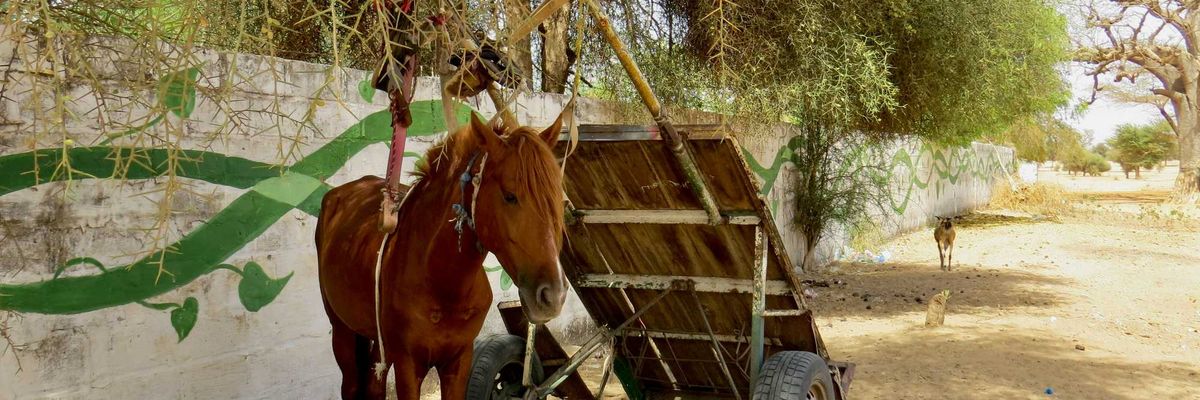pcbs
Plastic pollution depicted in modern scrimshaw at New Bedford Whaling Museum
Artist Duke Riley transforms ocean plastic into modern scrimshaw, highlighting industrial pollution in a new exhibit at the New Bedford Whaling Museum.
In short:
- Duke Riley uses discarded plastic to create contemporary scrimshaw, depicting environmental degradation.
- A new exhibit at the New Bedford Whaling Museum features Riley’s work, including a piece showcasing local pollution history.
- Traditional scrimshaw, historically carved from whalebone, is reimagined through Riley's modern, environmentally conscious art.
Key quote:
“Human beings have always been on this path to extract what we can from the environment around us for financial gain, oftentimes without a mind to the kind of environmental costs that come along with that sort of industry.”
— Naomi Slipp, chief curator, New Bedford Whaling Museum
Why this matters:
Duke Riley's work doesn't just highlight the problem; it encourages us to confront the consequences of our actions. His art serves as a reminder of the fragility of our environment and the ongoing consequences of industrial pollution. Read more: Plastic pollution in the ocean.
The secret life of plastic
Chemical companies to pay Pennsylvania $100 million for PCB contamination
Antarctic research stations polluted a pristine wilderness
Historical bad practices have left a legacy of pollution in the fragile ecosystem of Antarctica, but efforts are underway to chart a better future.
How plastics are poisoning us
Plastics release and attract toxic chemicals, and appear everywhere from human placentas to chasms thirty-six thousand feet beneath the sea. Will we ever be rid of them? Elizabeth Kolbert writes for The New Yorker
In a nutshell:
Born in 1865 out of a quest to eliminate elephant ivory from the billiard ball supply chain, plastics are now being spewed forth at an annual production volume of over eight hundred billion pounds. As plastics break down into microplastics and disperse, they make their way to the most distant parts of our planet as well as infiltrating the internal organs of species up and down the food chain. No amount of recycling, reusing or repurposing is going to solve the plastics problem.
Key quote:
“So long as we’re churning out single-use plastic . . . we’re trying to drain the tub without turning off the tap,” Matt Simon writes. “We’ve got to cut it out.”
Big picture:
Reducing plastic pollution cannot be seriously entertained without a commitment to reducing, if not eliminating, plastic production; and that in turn would involve a winding down of the petrochemical industry at precisely the point in time when Big Oil, faced with an energy transition to renewables, is looking to plastics as one of the mainstays of future profits. The oil and gas industry, protected by massive political might and bankrolled by decades of record profits and willing financiers will not go quietly.
Chesapeake Bay cleanup stalls as blue crabs drop and pollutants remain
A new report on the Chesapeake Bay gave the watershed a score of 32 out of 100, finding little overall progress in reclaiming its waters.









